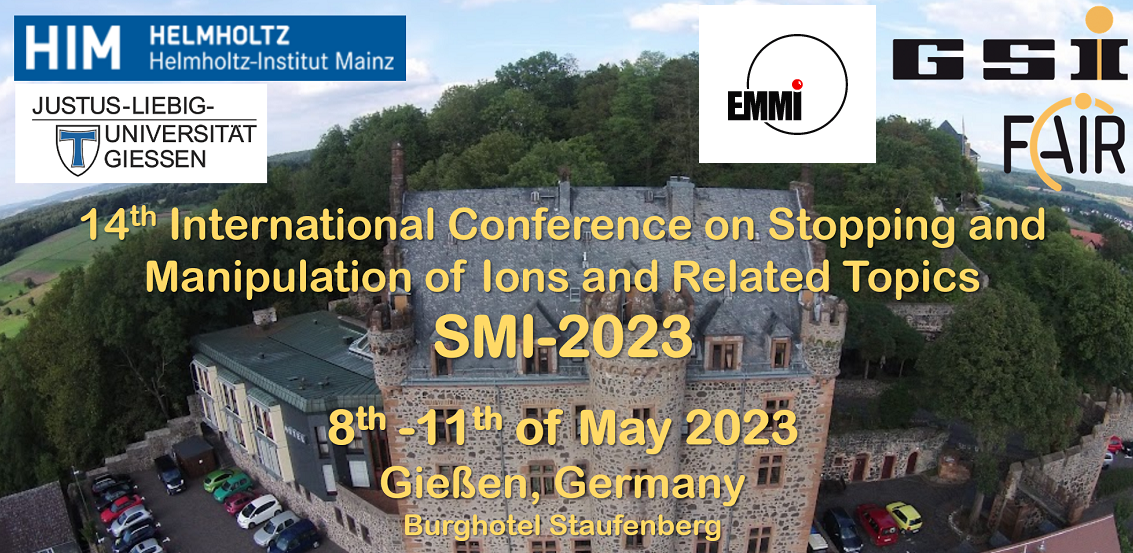Sprecher
Beschreibung
Laser spectroscopy research into heavy actinides has been garnering interest in recent years, as experimental techniques advance and become applicable in studies of even heavier species. These studies are, however, complicated by the low production cross sections and short half-lives of the isotopes of interest.
The In-Gas Laser Ionization and Spectroscopy (IGLIS) technique has been a mainstay in laser spectroscopy studies of the heavier elements. In particular JetRIS is designed for high-efficiency, high-resolution resonant ionization spectroscopy studies with target to detector transport times in the range of hundreds of milliseconds. The working principles of the technique are to stop the fusion evaporation products in a gas cell, transport the thermalized ionic species via electrostatic potentials and gas flow to a tantalum filament, where they are adsorbed and subsequently desorbed as neutrals and carried into the low pressure and low temperature hypersonic gas jet, where the atoms are laser ionized.
In the 2022 beamtime at GSI the JetRIS experiment was commissioned and produced its first results. The experiment was successful in producing spectra of nobelium (254No) with a seven-fold improved resolution compared to conventional gas cell experiments, thus establishing the viability of the technique, however with a low overall efficiency (of the order of 0.1 %).This calls for detailed simulation studies of the gas cell to try to understand the system and improve its performance.
The current work presents an extensive model created in the COMSOL simulation environment, the benchmarks of this model against experimental data and simulations of the impact potential modifications will have on the system’s performance.

